
Kershaw County is a county located in the U.S. state of South Carolina. As of the 2020 census, its population was 65,403. The county seat and largest community is Camden. The county was created in 1791 from parts of Claremont, Lancaster, Fairfield, and Richland counties. It is named for Col. Joseph Kershaw (1727–1791), an early settler and American Revolutionary War patriot.
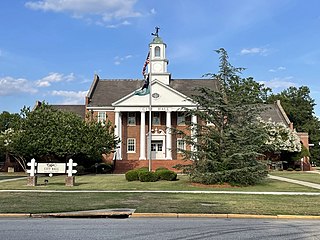
Camden is the largest city and county seat of Kershaw County, South Carolina. The population was 7,764 in the 2020 census, and the 2022 population estimate is 8,213. It is part of the Columbia, South Carolina, Metropolitan Statistical Area. Camden is the oldest inland city in South Carolina, and home to the Carolina Cup and the National Steeplechase Museum.
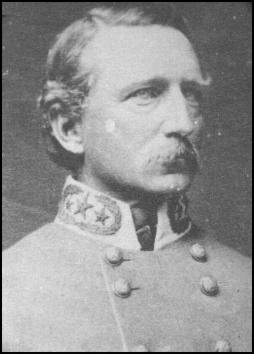
Joseph Brevard Kershaw was a prominent South Carolina planter and slaveholder. He was also a lawyer, judge, and a Confederate general in the American Civil War.

James Chesnut Jr. was an American lawyer and politician, and a Confederate functionary.

John Bordenave Villepigue was a career U.S. Army officer who served on the Western Frontier and became a Confederate general in the American Civil War. One of his descendants would later be World War I Medal of Honor recipient John Cantey Villepigue.
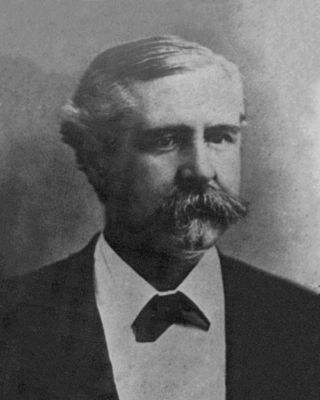
John Doby Kennedy was a general in the Confederate States Army during the American Civil War, as well as a post-war planter, attorney, politician, and the 57th Lieutenant Governor of South Carolina serving under Governor Johnson Hagood.

David Lang was a land surveyor, Confederate States Army officer during the American Civil War, civil engineer, and Florida politician.

John Peter Richardson III was the 83rd governor of South Carolina from 1886 to 1890.
John Kershaw was a U.S. Representative from South Carolina.
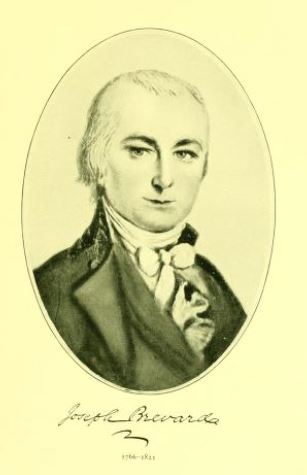
Joseph Brevard was an American Revolutionary War patriot. He was born in Rowan County in the Province of North Carolina. He served on the South Carolina Supreme Court (1801-1815) and as U.S. Representative from District 9 of South Carolina (1819-1821).
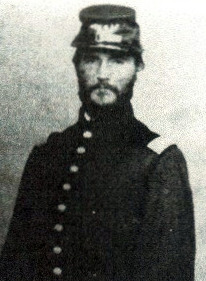
Nathan Huntley Edgerton was a Union Army officer who received the Medal of Honor for gallantry in the American Civil War.

John Cantey Villepigue was a corporal in the 118th Infantry, 30th Division which was federalized out of the South Carolina National Guard during World War I. He received the Medal of Honor for his actions during that war.

Richard Rowland Kirkland, known as "The Angel of Marye's Heights", was a Confederate soldier during the American Civil War, noted by both sides for his bravery and the story of his humanitarian actions during the Battle of Fredericksburg.
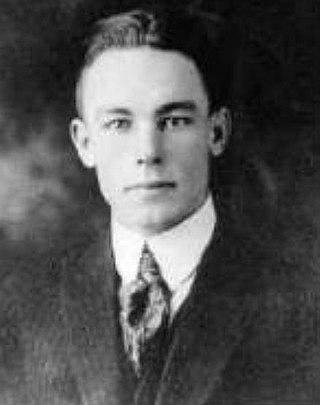
Richmond Hobson Hilton was a South Carolina National Guard, 118th Infantry Regiment, 30th Infantry Division, U.S. Army Sergeant during World War I, and a Medal of Honor recipient–the first of two from Kershaw County, South Carolina to be awarded the medal during that war. He was also awarded the Distinguished Conduct Medal by Great Britain, the Médaille militaire and Croix de Guerre with bronze palm by France, the Croce al Merito di Guerre by Italy, the Medalha da Cruz de Guerra, Third Class by Portugal, and the Medal for Military Bravery by Montenegro. All were awarded for bravery in the face of the enemy.
Smith Larimer was a corporal in the 2nd Ohio Cavalry, Union Army and a Medal of Honor recipient for his actions at the Battle of Sayler's Creek in the American Civil War.
Thomas Jefferson Withers was an American politician from South Carolina who served in the Confederate States Congress during the American Civil War.
Frederick L. Villepigue (1826–?) served as Secretary of State of Florida from July 1, 1853, to January 13, 1863.

Lugoff-Elgin High School is a public high school located in Lugoff, South Carolina. It is one of the three high schools in the Kershaw County School District of South Carolina. It opened in 1971. It is home of the Lugoff-Elgin Demons.
Confederate monuments and memorials in the United States include public displays and symbols of the Confederate States of America (CSA), Confederate leaders, or Confederate soldiers of the American Civil War. Many monuments and memorials have been or will be removed under great controversy. Part of the commemoration of the American Civil War, these symbols include monuments and statues, flags, holidays and other observances, and the names of schools, roads, parks, bridges, buildings, counties, cities, lakes, dams, military bases, and other public structures. In a December 2018 special report, Smithsonian Magazine stated, "over the past ten years, taxpayers have directed at least $40 million to Confederate monuments—statues, homes, parks, museums, libraries, and cemeteries—and to Confederate heritage organizations."

Charles H. Marsh was a Union Army soldier in the American Civil War and a recipient of the United States military's highest decoration, the Medal of Honor, for his actions during a skirmish in the Valley Campaigns of 1864.














